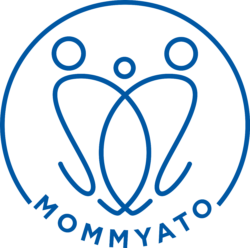
18 Nov Breastfeeding Your Adopted Baby: Is it Possible?
November 18 is National Adoption Day, a time to celebrate the children and parents brought together by faith, hope and love.
As a non-biological mother, you may be wondering if it’s possible for you to breastfeed your adopted baby. The short answer is: Yes! Every woman’s body is different, but with education, support and dedication, producing breast milk to feed your adopted baby may be possible.
The process of inducing lactation can take weeks to months. So, be sure to work with a lactation consultant who specializes in induced lactation as this can greatly increase your chances of success. Timing of the adoption is important too. The earlier your adopted baby is placed with you after birth, the more likely you are to establish a breastmilk supply.
One of the most effective methods of inducing lactation is called “protocol-induced lactation.” This means following a specific protocol that includes prescribed hormonal treatments, breast and nipple stimulation, and breast pumping. Regularly stimulating the nipples through manual manipulation or the use of a breast pump can help increase milk production through the release of the hormone prolactin.
Other techniques include breast compression and skin-to-skin contact. Skin-to-skin contact (kangaroo care) involves placing your (nearly) naked baby directly on your chest. This stimulates the release of the oxytocin hormone that promotes milk production, and it’s also wonderful for your baby. Skin-to-skin contact regulates your newborn’s heart rate, breathing, body temperature and blood sugar. It also promotes bonding between Mama and baby; a feeling of physical and emotional safety, comfort and security.
When you’re breastfeeding your baby, breast compression can also encourage the flow of milk. This involves gently compressing the breast while the baby is latched. The practice can help ensure that the baby receives enough milk during feedings.
If you are still working on establishing breast milk supply, a supplemental nursing system can be used. These systems involve using a device that delivers additional breast/donor milk or formula through a tube while the baby is breastfeeding. This wonderful system helps supplement your baby’s nutritional needs while also stimulating milk production to establish supply.
Despite best efforts to induce lactation, or perhaps for your own personal reasons, breastfeeding your adopted baby may not be possible. In this case, donor milk is a great second choice. Many milk banks and organizations provide screened and pasteurized donor milk that still retain the nutrients, antibodies and immune boosting benefits of human breast milk.
If human milk is not available, formula feeding your adopted baby is a perfectly valid option.
Formula feeding still provides your baby the nourishment he needs to grow and thrive.
As a mother, breastfeeding provides a sense of empowerment and fulfillment. But for non-biological mothers and adopted babies, breastfeeding can be a powerful affirmation of their bond and secure attachment as mother and child. In this sense, breastfeeding creates the ideal nurturing environment for the adopted baby’s growth and development.
REFERENCES:
-
- Centers for Disease Control (CDC). June 2020. Supporting families with relactation. https://www.cdc.gov/breastfeeding/breastfeeding-special-circumstances/supporting-families-with-relactation.html
- La Leche League International. March 2020. Breastfeeding without giving birth. https://llli.org/news/breastfeeding-without-giving-birth-2/
- Photo by Pixabay: Toddler Wearing Head Scarf In Bed. https://www.pexels.com/photo/toddler-wearing-head-scarf-in-bed-265987/



